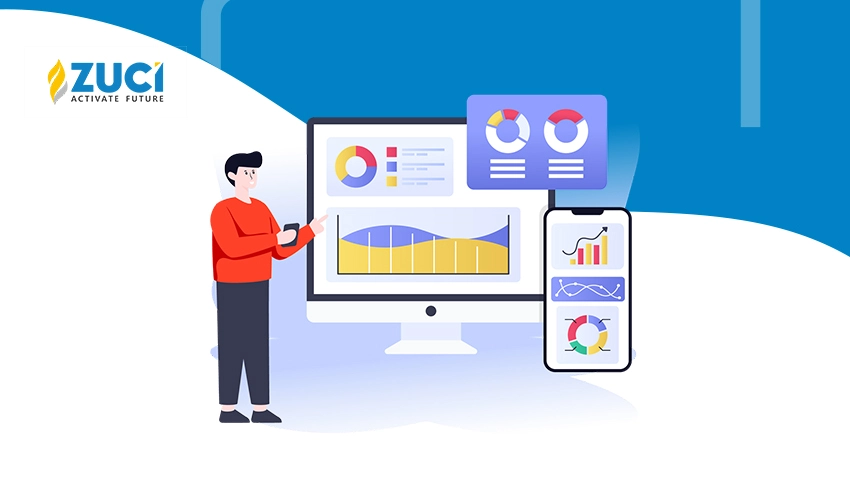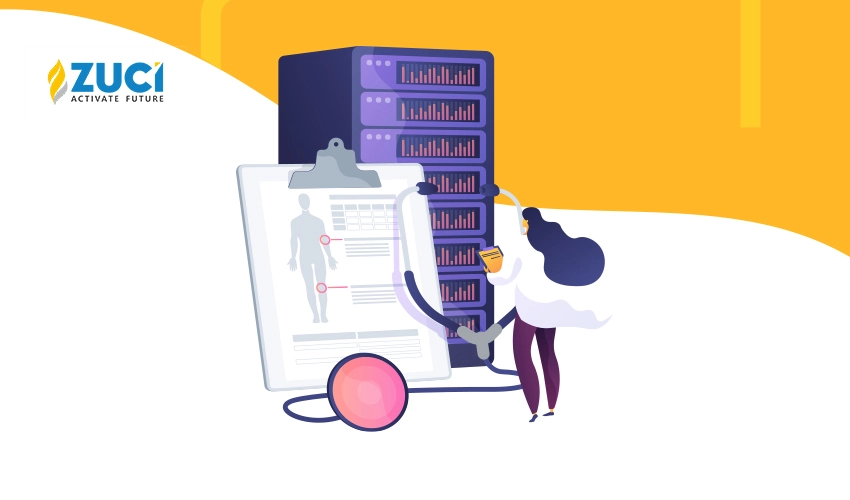Reading Time : 0 Mins
How Performance Testing Is The Key To Digital Transformation
An INFJ personality wielding brevity in speech and writing.
The shift to the new normal almost happened in a blink of an eye. Just last year, businesses were fine without an online presence and cut to 2021; every organization, regardless of the industry they are in, commits to digitize themselves at the speed of light. At this moment, each of the businesses is at a digital war, trying to create the highest degree of software product development much faster than their competitors to reach the market first and grow their business.
However, the key to making this a success lies in the performance of the product. To quote an example, on March’19, due to the large influx of users, the European Commission recommended that online streaming platforms such as Amazon and Netflix thin down the quality of their visual content, and additionally, YouTube went on to adjust their default resolution setting to 480p. Why? Because the traffic on the server caused by the user load slowed down their operation or paused/crashed it all together.
Even the trailblazers of such digital technology platforms were not prepared for such a drastic change in their consumer behavior and had to compromise their performance slightly.
Today, the road to digital transformation, for any business, without performance is incomplete. To withhold the user load on your app and for smooth functioning, it’s fundamental to run performance testing and evaluate the capabilities of the software.
Getting performance ready for your digital transformation
To start with, get hold of all the performance data of your application. The past data will reveal all the necessary information for the QA team to get proceeded with the testing, identify performance issues and help solve them quickly.
Most common data include – most common transactions, how many of each transaction happens typically on a regular basis, how many of these transactions take place in peak hours, which type of transaction costs enormous to the business if it failed.
Here’s a 4-step process of how you can set up performance testing.
- PLAN – Define performance objectives, identify testing tools, and set up test environment.
- DESIGN – Describe workload, develop test scripts and test data, dry run and fix bugs.
- EXECUTE – Execute test scripts, monitor and gather test results.
- ANALYZE – Identify performance bottlenecks and gaps, quantify improvements, generate reports.
Key metrics that should be measured across the testing process include:
- Response time – Measure of the time during which the server completes the user request. It is worthy of including the peak indicators while measuring the response time. For example, an average page will take 2-3 seconds to load, but with many images, it may take up to 10 sec. This is known as a peak indicator, and it helps to spot performance bottlenecks.
- Error rate – Frequency of errors occurred compared to all the requests made during a given period.
- Throughput – Number of transactions per second your product can handle during a cycle.
- CPU utilization – CPU running at 80% capacity and unable to perform tasks in a timely manner. It helps to identify the servers causing such performance issues.
- Memory utilization – Indicates that the system does not have sufficient memory/RAM to perform operations. In other cases, this issue may arise due to a memory leak, caused by a programming error.
It is very important to set a reasonable target for all these metrics and not have very ambitious goals that would never happen in real-time scenarios. Understanding these metrics helps to learn more about the performance and quality of the product.
We’ll see more in detail of how we can track these metrics with the following performance testing types:
Benchmark testing: Determine performance benchmark (response time) for nominal user load under real-life scenarios.
Volume testing: Testing a system with a large amount of data from the database. Usually includes high data and throughput volumes. This testing brings out bottlenecks such as memory utilization, loss of data, and storage utilization.
Load testing: Test the system with multiple users to determine performance under load, typically from average to maximum concurrent users to better understand how your product functions under a specific load.
Stress testing: This is to determine the system break point or threshold. How the system breaks, and recovers should also be monitored.
Endurance testing: Testing a system under load for an extended period of time to establish stability and behavior under sustained use.
Capacity planning: Testing the application in different combinations of software and hardware configurations to identify optimal one.
To conclude,
Notably, what’s more important than creating a nifty product is its ability to scale with the changing business climate. Thus, performance testing should be planned in the same manner as other testing activities to bring out a reliable product performance.
Like the agile software development breaking the walls between developers and QA, performance testing should also go hand-in-hand with the development and not work in siloes to be in tune with the business goals.
A thorough performance testing process along with the metrics will reveal the complete picture of the product. It helps to identify bugs and performance bottlenecks much before the release of the product.
If you are having trouble with your existing performance testing setup or lack real-time simulation to assess your system’s performance, give us a call today. For more information, click here.
Looking to improve your product’s performance? Take a look at Zuci’s performance testing services and see how you can leverage Zuci for your business needs.
Related Posts





















